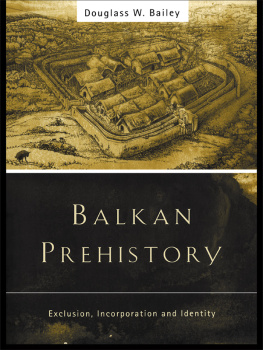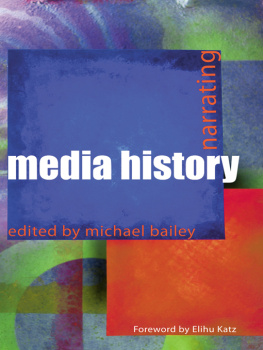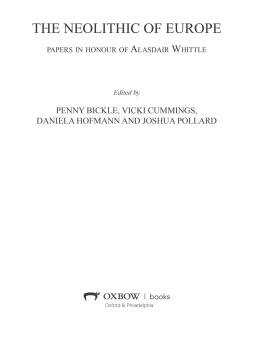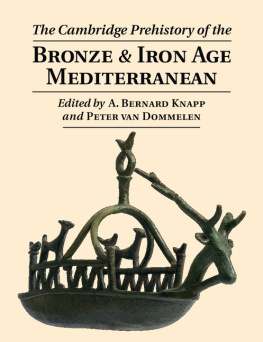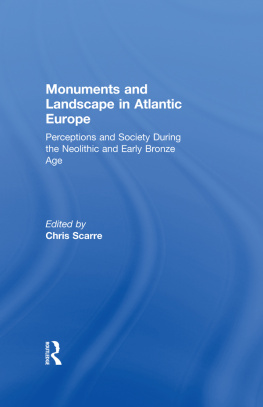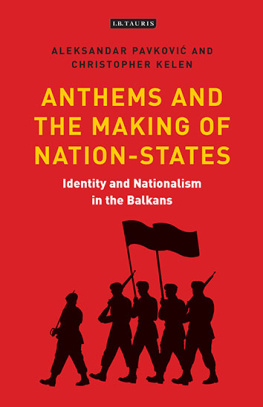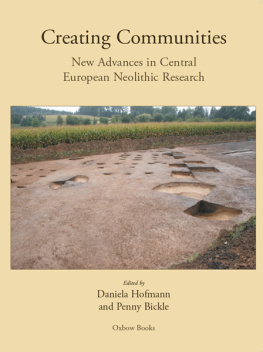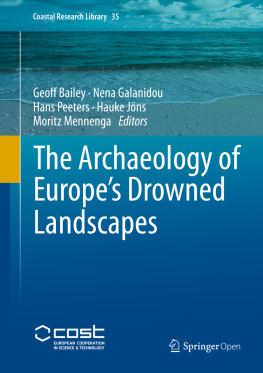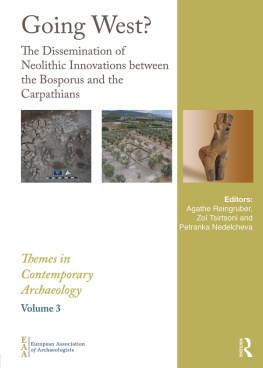Bailey - Balkan prehistory exclusion, incorporation and identity
Here you can read online Bailey - Balkan prehistory exclusion, incorporation and identity full text of the book (entire story) in english for free. Download pdf and epub, get meaning, cover and reviews about this ebook. City: Südosteuropa, year: 2000;2011, publisher: Routledge, genre: Romance novel. Description of the work, (preface) as well as reviews are available. Best literature library LitArk.com created for fans of good reading and offers a wide selection of genres:
Romance novel
Science fiction
Adventure
Detective
Science
History
Home and family
Prose
Art
Politics
Computer
Non-fiction
Religion
Business
Children
Humor
Choose a favorite category and find really read worthwhile books. Enjoy immersion in the world of imagination, feel the emotions of the characters or learn something new for yourself, make an fascinating discovery.
- Book:Balkan prehistory exclusion, incorporation and identity
- Author:
- Publisher:Routledge
- Genre:
- Year:2000;2011
- City:Südosteuropa
- Rating:5 / 5
- Favourites:Add to favourites
- Your mark:
- 100
- 1
- 2
- 3
- 4
- 5
Balkan prehistory exclusion, incorporation and identity: summary, description and annotation
We offer to read an annotation, description, summary or preface (depends on what the author of the book "Balkan prehistory exclusion, incorporation and identity" wrote himself). If you haven't found the necessary information about the book — write in the comments, we will try to find it.
Balkan prehistory exclusion, incorporation and identity — read online for free the complete book (whole text) full work
Below is the text of the book, divided by pages. System saving the place of the last page read, allows you to conveniently read the book "Balkan prehistory exclusion, incorporation and identity" online for free, without having to search again every time where you left off. Put a bookmark, and you can go to the page where you finished reading at any time.
Font size:
Interval:
Bookmark:

The period from 6500 to 2500 BC was one of the most dynamic eras of the prehistory of south-eastern Europe, for it saw many fundamental changes in the ways in which people lived their lives. This up-to-date and authoritative synthesis both describes the best excavated relevant Balkan sites and interprets long-term trends in the central themes of settlement, burial, material culture and economy. Prominence is given to the ways people organized themselves, the houses and landscapes in which they lived and the objects, plants and animals they kept. The key developments are seen as the creation of new social environments through the construction of houses and villages, and a new materiality of life which filled the built environment with a wide variety of objects. Against the prevailing trends in European prehistory, the author argues for a prehistoric past riven with tension and conflict, where hoarding and the exclusion of people was just as frequent as sharing and helping.
Balkan Prehistory provides a much-needed guide to a period which has previously been inaccessible to western scholars. It will be an invaluable resource for undergraduates, advanced students and scholars.
Douglass W.Bailey is Lecturer in European Prehistory at the School of History and Archaeology, Cardiff University. He has carried out extensive fieldwork in Bulgaria and Romania.
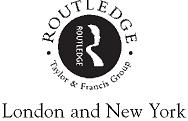
First published 2000
by Routledge
11 New Fetter Lane, London EC4P 4EE
Simultaneously published in the USA and Canada
by Routledge
29 West 35th Street, New York, NY 10001
Routledge is an imprint of the Taylor & Francis Group
This edition published in the Taylor & Francis e-Library, 2002.
2000 Douglass W.Bailey
All rights reserved. No part of this book may be reprinted or reproduced or utilized in any form or by any electronic, mechanical, or other means, now known or hereafter invented, including photocopying and recording, or in any information storage or retrieval system, without permission in writing from the publishers.
British Library Cataloguing in Publication Data
A catalogue record for this book is available from the British Library
Library of Congress Cataloging in Publication Data
Bailey, Douglass W. (Douglass Whitfield), 1963
Balkan prehistory: exclusion, incorporation and identity/ Douglass W.Bailey. p. cm.
Includes bibliographical references and index.
1. Antiquities, PrehistoricBalkan Peninsula. 2. Prehistoric peoplesBalkan Peninsula. 3. Balkan PeninsulaAntiquities. I. Title.
GN845.B28 B35 2000 99057122
939'.8dc21
ISBN 0-203-46196-7 Master e-book ISBN
ISBN 0-203-77020-X (Adobe eReader Format)
ISBN 0-415-21597-8 (hbk)
ISBN 0-415-21598-6 (pbk)
For my father,
L.SCOTT BAILEY
Reconstruction of a village at Polyanitsa in north-eastern Bulgaria
Map of key geographic features of the Balkans
Key cultural complexes relevant to the following chapters
Map of key sites discussed in Chapter 1
Leaf-points from Muselievo
Map of key sites discussed in Chapters 24
Plan of differential land-use at Sesklo in Thessaly
Aggregation of buildings from Bauhorizont 4 at Karanovo in south-central Bulgaria
Rectilinear surface-level building from Slatina in western Bulgaria
Pit-hut 4 from Divostin Ib
Superimposition of buildings from phases I/1I/3 at Lepenski Vir
Early ceramic forms from Achilleion phases I and II
Small pottery vessels from Achilleion phase IVb
Anthropomorphic figurine from Vinca
Fragment of anthropomorphic figurine with painted head covering and neck detail from Achilleion phase IV
Fragment of anthropomorphic figurine with painted facial features from Achilleion phase IV
Anthropomorphic plaques from Gulubnik
Anthropomorphic figurine from Samovodyane
Key sites discussed in Chapters 4, 5 and 6
Reconstruction of pit-hut and pits at Podgoritsa-platoto
Plan of pit-hut aggregation at Usoe in northern Bulgaria
Plan of village at Polyanitsa (phase II)
Miniature clay models of room partitions from Ovcharovo
Tectomorphic miniature from Ovcharovo
Surface-level structure from Divostin II (house 14)
Miniature clay model of an oven from Slatino
Off-tell structures from Podgoritsa
Lidded pot from Sava
Zoomorphic figurine of a pack animal with incised sign on belly, from Drama
Sheet-gold zoomorphic appliqus from grave 36 at Varna
Grave 644 from Durankulak
Mean number of grave-goods for different types of graves at Devniya, Golyamo Delchevo, Turgovishte and Vinitsa
Mean number of metal grave-goods for different types of graves at Devniya, Golyamo Delchevo, Turgovishte and Vinitsa
Copper implements: a) shaft-hole hammer-axe from Cabarevo; b) flat copper axe from Devebargan
Tools from the copper mines at Aibunar
Decorated pottery vessels from Polyanitsa phase III
Anthropomorphic figurine from Usoe
Anthropomorphic figurine from Golyamo Delchevo
Map of key sites discussed in Chapter 7
Burnt building from Sitagroi IV/V
Above: Plan of mound I at Plachidol I showing distribution and numbering of burials and centre of mound. Below: Detail of central burial 1
Vessel forms of the fourth and third millennia BC from Sitagroi phases IV and V
Miniature clay furniture and vessels from Ovcharovo
Summary of expressive material culture from the upper Palaeolithic levels of Bacho Kiro and Temnata Dupka
Relative chronology of sites in the Danube Gorges
Range of vessel capacities from fifth millennium BC phases at Ovcharovo
This book developed over the past ten years or so as, first as a student and then as young lecturer and excavator, I have tried to grapple with the prehistory of southeastern Europe. As my ignorance of the region and its archaeology has receded I have remained concerned over the absence of a linguistically accessible synthesis and interpretation of what must be one of the worlds most extraordinary periods of prehistory. The classic text, still on course syllabi but long out of print, is Tringhams Hunters, Fishers and Farmers of Eastern Europe 60003000 BC, which will be 30 years old when the present volume appears. Since Tringham carried out her early research and wrote her seminal text, the practice of archaeology, the amount of information available and, perhaps not least importantly, the modern geopolitics of eastern Europe have changed fundamentally.
Where once a desire to study east European prehistory required preliminary campaigns of survey merely to find the relevant language courses or textbooks, today a visit to almost any bookstore or website provides a choice of self-taught language courses in every language necessary. Visa requirements are, marginally, less rigorous and travel and accommodation are no longer the romantic expeditions they once were. Politically, for most east European countries membership in western economic, political and military organizations is following the first ten years of financial and socio-economic networking.
Font size:
Interval:
Bookmark:
Similar books «Balkan prehistory exclusion, incorporation and identity»
Look at similar books to Balkan prehistory exclusion, incorporation and identity. We have selected literature similar in name and meaning in the hope of providing readers with more options to find new, interesting, not yet read works.
Discussion, reviews of the book Balkan prehistory exclusion, incorporation and identity and just readers' own opinions. Leave your comments, write what you think about the work, its meaning or the main characters. Specify what exactly you liked and what you didn't like, and why you think so.

